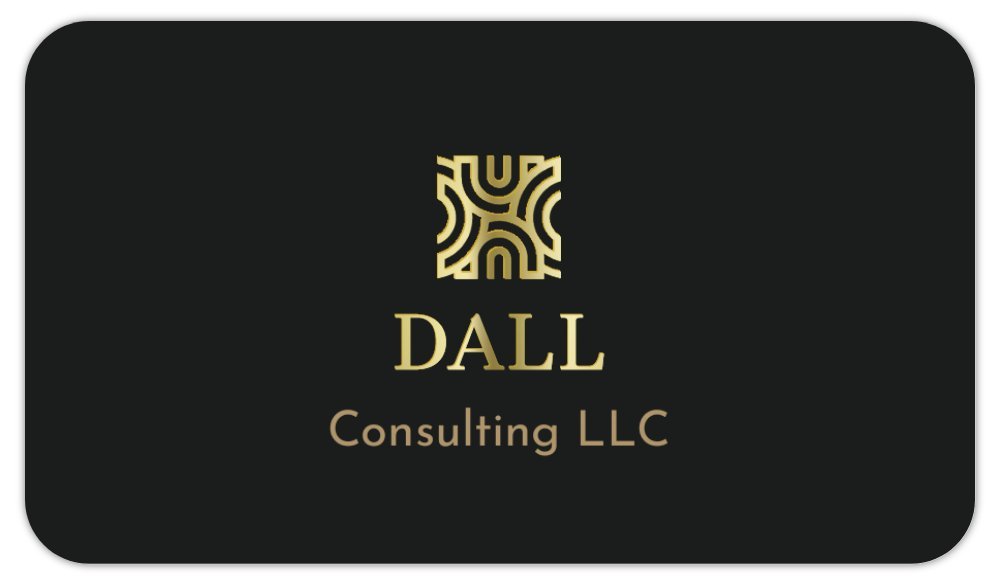 Image 1 of 1
Image 1 of 1


Consult Teaching and/or Training
Consultation for teaching and training services typically involves several stages aimed at understanding the needs of the client or organization seeking educational support. Here's a detailed description of what might be included:
Pre-Consultation Preparation: Before the consultation, the consultant or educational institution might gather basic information about the client, such as the organization's size, industry, demographics, and any specific challenges or goals they aim to address through teaching and training.
Introduction and Ice-breaking: The consultation begins with introductions and establishing rapport between the consultant and the client representatives. Ice-breaking conversations help create a comfortable environment for open dialogue.
Needs Assessment: The consultant conducts a thorough needs assessment to understand the client's specific requirements. This might involve discussions about the organization's current training programs, gaps in skills or knowledge, performance issues, or desired outcomes.
Identification of Objectives: Based on the needs assessment, the consultant and the client collaboratively identify the objectives they aim to achieve through teaching and training interventions. These objectives should be SMART (Specific, Measurable, Achievable, Relevant, Time-bound).
Discussion of Learning Styles and Preferences: The consultant explores the preferred learning styles and methods of the client organization's employees or learners. Understanding how individuals best absorb and retain information helps tailor teaching and training programs for maximum effectiveness.
Review of Existing Resources and Materials: If the organization has existing training materials or resources, these are reviewed to determine their relevance, accuracy, and effectiveness. This review helps identify areas where improvements or updates may be necessary.
Customization and Curriculum Development: Based on the identified objectives and needs, the consultant may propose or develop a customized teaching and training curriculum. This curriculum should align with the organization's goals, address identified gaps, and incorporate suitable instructional methods and materials.
Resource and Technology Assessment: The consultant evaluates the resources and technologies available to support teaching and training efforts. This includes assessing the availability of training facilities, equipment, digital learning platforms, and other tools required for effective delivery.
Budget and Timeline Discussion: Practical considerations such as budget constraints and timelines are discussed to ensure that the proposed teaching and training initiatives are feasible and realistic within the client's resources and timeframe.
Agreement and Next Steps: The consultation concludes with a summary of key points discussed and agreement on the proposed teaching and training plan. Next steps, including the development of a formal proposal or contract, scheduling of sessions, and ongoing communication, are outlined.
Follow-Up Plan: A follow-up plan is established to monitor progress, address any issues or concerns, and make adjustments to the teaching and training programs as needed.
By following these steps, an initial consultation for teaching and training services sets the stage for the development and implementation of effective educational initiatives tailored to the client's specific needs and objectives.
Consultation for teaching and training services typically involves several stages aimed at understanding the needs of the client or organization seeking educational support. Here's a detailed description of what might be included:
Pre-Consultation Preparation: Before the consultation, the consultant or educational institution might gather basic information about the client, such as the organization's size, industry, demographics, and any specific challenges or goals they aim to address through teaching and training.
Introduction and Ice-breaking: The consultation begins with introductions and establishing rapport between the consultant and the client representatives. Ice-breaking conversations help create a comfortable environment for open dialogue.
Needs Assessment: The consultant conducts a thorough needs assessment to understand the client's specific requirements. This might involve discussions about the organization's current training programs, gaps in skills or knowledge, performance issues, or desired outcomes.
Identification of Objectives: Based on the needs assessment, the consultant and the client collaboratively identify the objectives they aim to achieve through teaching and training interventions. These objectives should be SMART (Specific, Measurable, Achievable, Relevant, Time-bound).
Discussion of Learning Styles and Preferences: The consultant explores the preferred learning styles and methods of the client organization's employees or learners. Understanding how individuals best absorb and retain information helps tailor teaching and training programs for maximum effectiveness.
Review of Existing Resources and Materials: If the organization has existing training materials or resources, these are reviewed to determine their relevance, accuracy, and effectiveness. This review helps identify areas where improvements or updates may be necessary.
Customization and Curriculum Development: Based on the identified objectives and needs, the consultant may propose or develop a customized teaching and training curriculum. This curriculum should align with the organization's goals, address identified gaps, and incorporate suitable instructional methods and materials.
Resource and Technology Assessment: The consultant evaluates the resources and technologies available to support teaching and training efforts. This includes assessing the availability of training facilities, equipment, digital learning platforms, and other tools required for effective delivery.
Budget and Timeline Discussion: Practical considerations such as budget constraints and timelines are discussed to ensure that the proposed teaching and training initiatives are feasible and realistic within the client's resources and timeframe.
Agreement and Next Steps: The consultation concludes with a summary of key points discussed and agreement on the proposed teaching and training plan. Next steps, including the development of a formal proposal or contract, scheduling of sessions, and ongoing communication, are outlined.
Follow-Up Plan: A follow-up plan is established to monitor progress, address any issues or concerns, and make adjustments to the teaching and training programs as needed.
By following these steps, an initial consultation for teaching and training services sets the stage for the development and implementation of effective educational initiatives tailored to the client's specific needs and objectives.